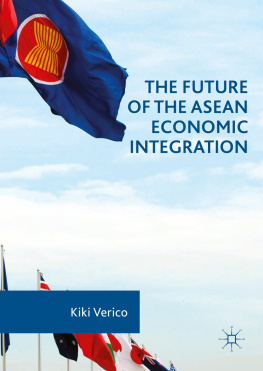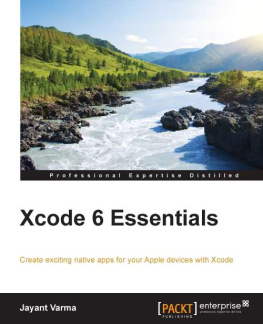Jayant Menon - An Evolving ASEAN: Vision and Reality
Here you can read online Jayant Menon - An Evolving ASEAN: Vision and Reality full text of the book (entire story) in english for free. Download pdf and epub, get meaning, cover and reviews about this ebook. year: 2020, publisher: Asian Development Bank, genre: Politics. Description of the work, (preface) as well as reviews are available. Best literature library LitArk.com created for fans of good reading and offers a wide selection of genres:
Romance novel
Science fiction
Adventure
Detective
Science
History
Home and family
Prose
Art
Politics
Computer
Non-fiction
Religion
Business
Children
Humor
Choose a favorite category and find really read worthwhile books. Enjoy immersion in the world of imagination, feel the emotions of the characters or learn something new for yourself, make an fascinating discovery.
- Book:An Evolving ASEAN: Vision and Reality
- Author:
- Publisher:Asian Development Bank
- Genre:
- Year:2020
- Rating:3 / 5
- Favourites:Add to favourites
- Your mark:
- 60
- 1
- 2
- 3
- 4
- 5
An Evolving ASEAN: Vision and Reality: summary, description and annotation
We offer to read an annotation, description, summary or preface (depends on what the author of the book "An Evolving ASEAN: Vision and Reality" wrote himself). If you haven't found the necessary information about the book — write in the comments, we will try to find it.
An Evolving ASEAN: Vision and Reality — read online for free the complete book (whole text) full work
Below is the text of the book, divided by pages. System saving the place of the last page read, allows you to conveniently read the book "An Evolving ASEAN: Vision and Reality" online for free, without having to search again every time where you left off. Put a bookmark, and you can go to the page where you finished reading at any time.
Font size:
Interval:
Bookmark:


 Creative Commons Attribution 3.0 IGO license (CC BY 3.0 IGO)
Creative Commons Attribution 3.0 IGO license (CC BY 3.0 IGO)2.1 | ASEAN Key Development Statistics, 2017 |
2.2 | ASEAN Gross Domestic Product Growth Rates, 20002017 |
2.3 | ASEANs 10 Major Export Markets by Value and Share of Total, 2017 |
3.1 | Bilateral Visits between ASEAN Leaders |
5.1 | Ranking of ASEAN Competitiveness |
6.1 | Singapores Free Trade Agreement Partners |
6.2 | Most Favored Nation Tariffs on Nonagricultural Products of Singapores Free Trade Agreement Partners |
7.1 | Real Gross Domestic Product Growth Rates, 19712017 |
8.1 | Key ASEAN Agreements on Economic Integration |
8.2 | Agreements and Time Lines |
8.3 | Illustrative Economic Agreements That Contribute to Key Areas in the ASEAN Economic Community |
8.4 | Illustrative Quality Indicators, 2011 |
2.1 | Trade between ASEAN-5 and the Plus 6 Countries, 20042017 |
2.2 | The Development Ladder |
2.3 | Growth of Total Factor Productivity, 1990 and 2015 |
5.1 | The Value Chain of an Apple iPhone |
8.1 | Philippine Trade with ASEAN and Total |
8.2 | Export and Import Shares to Totals of ASEAN-6 Member States, 2015 |
8.3 | Common Effective Preferential Tariff Rates, Original and Accelerated |
Font size:
Interval:
Bookmark:
Similar books «An Evolving ASEAN: Vision and Reality»
Look at similar books to An Evolving ASEAN: Vision and Reality. We have selected literature similar in name and meaning in the hope of providing readers with more options to find new, interesting, not yet read works.
Discussion, reviews of the book An Evolving ASEAN: Vision and Reality and just readers' own opinions. Leave your comments, write what you think about the work, its meaning or the main characters. Specify what exactly you liked and what you didn't like, and why you think so.

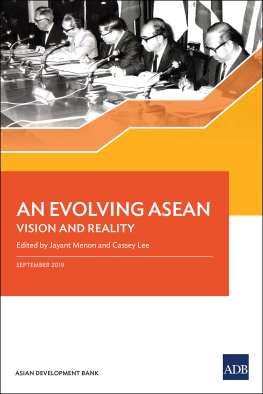

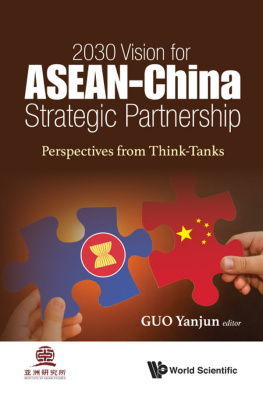
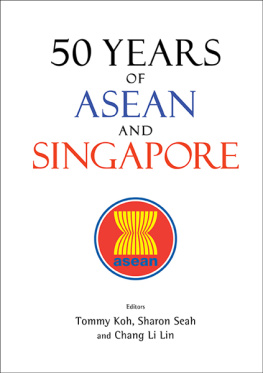
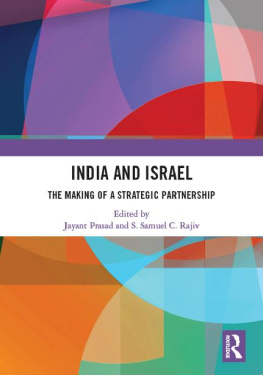
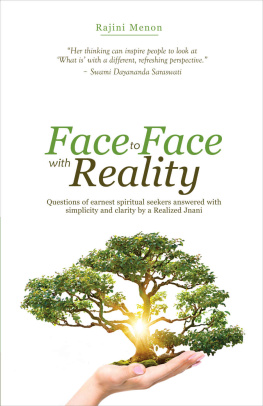

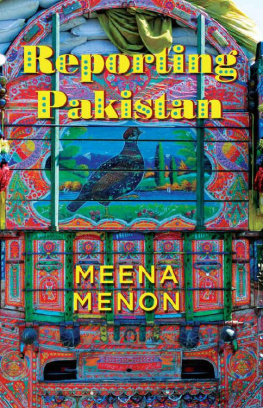
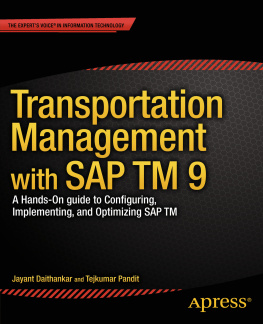
![Jayant Varma [Jayant Varma] - Learn Lua for iOS Game Development](/uploads/posts/book/124117/thumbs/jayant-varma-jayant-varma-learn-lua-for-ios.jpg)

